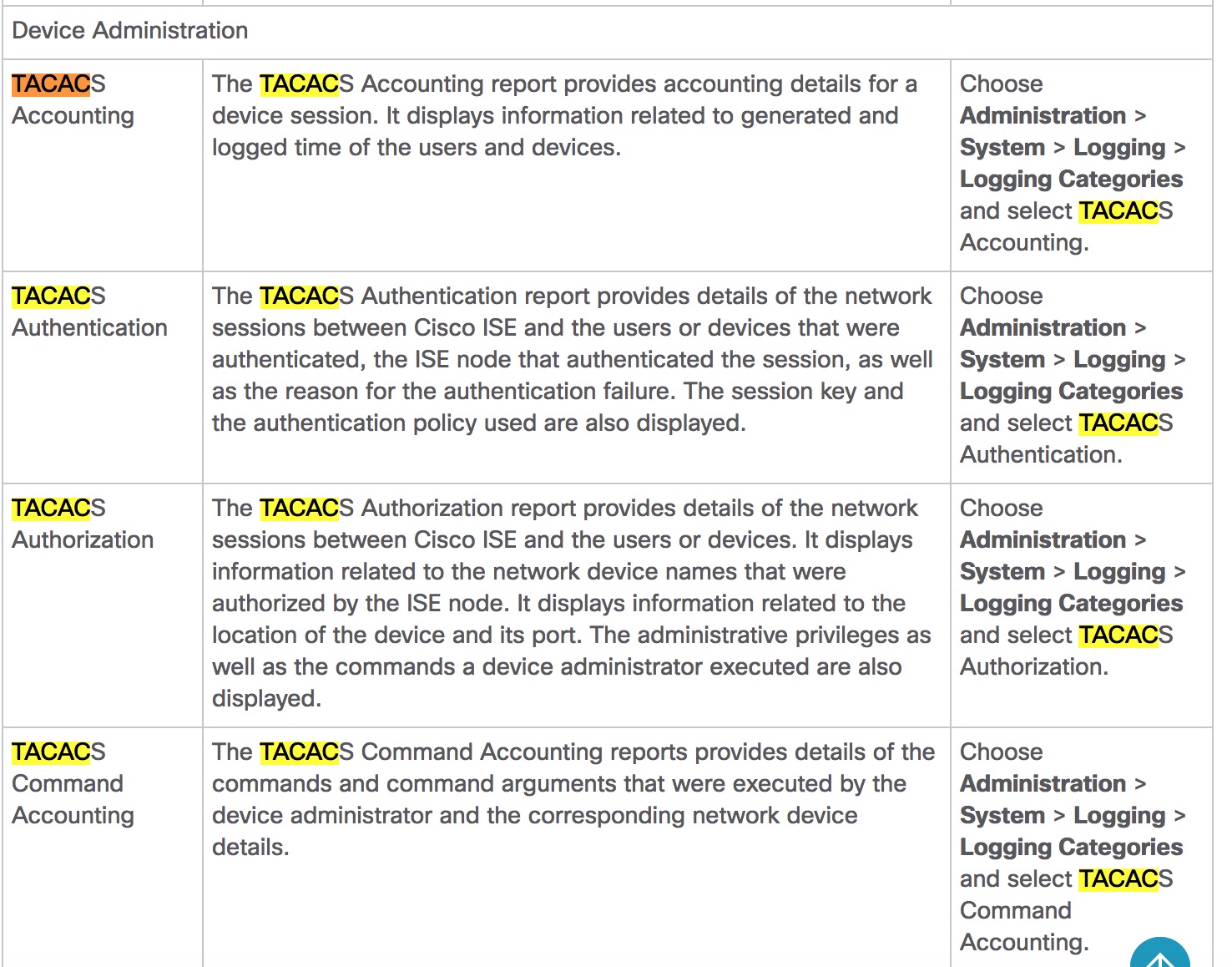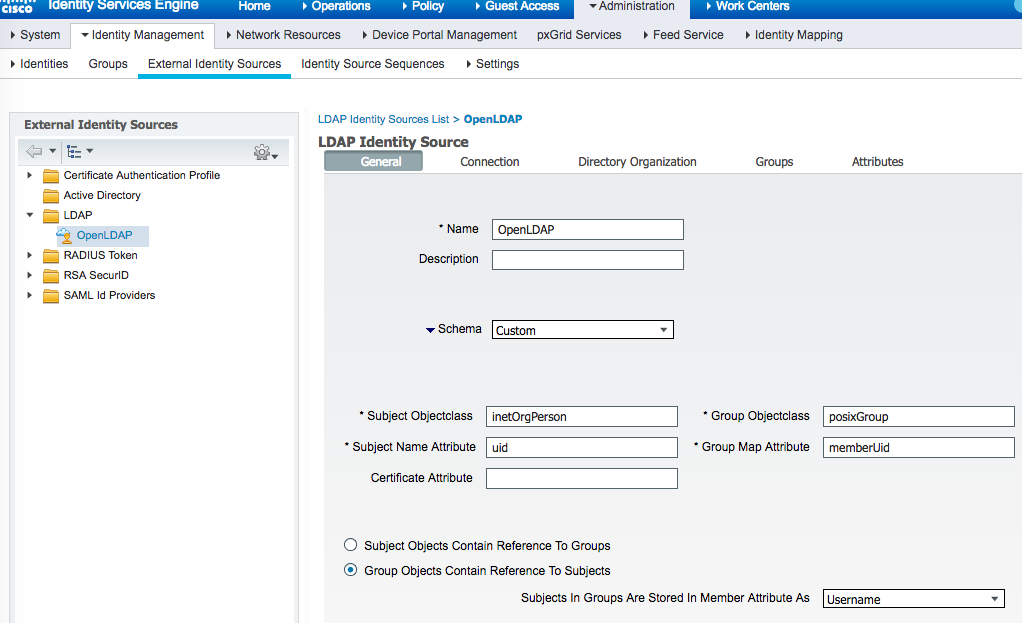
- Cisco ise 2.4 tacacs command authorization how to#
- Cisco ise 2.4 tacacs command authorization license#
- Cisco ise 2.4 tacacs command authorization plus#
- Cisco ise 2.4 tacacs command authorization download#
Cisco ise 2.4 tacacs command authorization plus#
Any money you save in Plus licenses will end up costing you more in administration and static MAC lists are not very secure. Without Plus licenses, you would be making static MAC lists and this does not scale. The reason being is that you will always have devices like access points, phones, printers, etc that you would want to profile. Very important: If you are deploying ISE for wired access, you will also need some Plus licenses.

Cisco ise 2.4 tacacs command authorization license#
You need one of these for every endpoint that is connected to your network regardless of how it's accessing your network. An endpoint only uses a base-only license if they are connecting using Eas圜onnect, 802.1x, BYOD without ISE CA, and Guest Access. That means if you have a company that engages in shift work, you need to approximate the highest number of endpoints connected to the network at one time - not the total number of endpoints that might be on your network in a 24-hour period. When it comes to licensing, remember this: The licensing is done on concurrently connected endpoints on the network.
Cisco ise 2.4 tacacs command authorization how to#
In most cases, no one really knows how many endpoint are out in there network at any given time but it's important to work up an approximate number for licensing purposes and planning how how to size the deployment. It's a planning document to feel out what the company is hoping to achieve and some technical information
Cisco ise 2.4 tacacs command authorization download#
Gathering more information about the environmentĪfter getting a feel for what the goals are of this ISE implementation, I like to dig in using something like the Cisco ISE High Level Design which you can download from the ISE Communities here. If you don't have top-down support for this going in, there's no easy way to succeed with layer 8 issues. As with any security control you put into place that is new, access will change for the user and it's bound to make people complain if they don't have the same level of freedom that they had before.

Different companies, industries, regulations, auditors, etc might guide each company to have a different security policy so you should deploy your ISE implementation to compliment that security policy. You should never start planning your ISE deployment without having a company security policy in mind and stating your goals. One important thing to remember with ISE is that it's a control for your company's security policy but it's not supposed to write your security policy for you and it shouldn't dictate what your corporate security policy is. In this post, I'm going to really focus on what I do to make an ISE implementation successful. Like any piece of infrastructure, all the best configurations in the world won't help you if it's not design properly. In this blog post, I'm going to get into designing, scaling and deploying ISE.


 0 kommentar(er)
0 kommentar(er)
